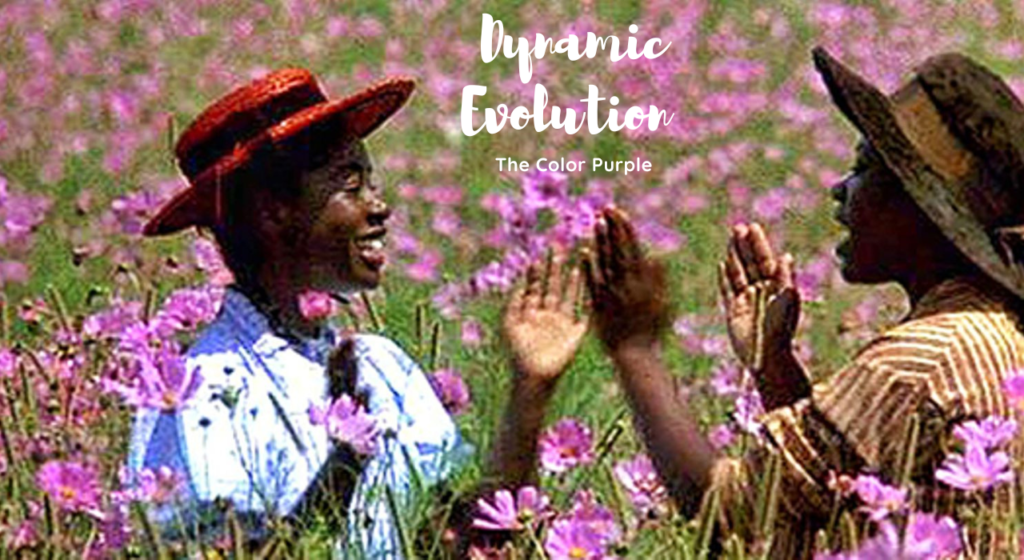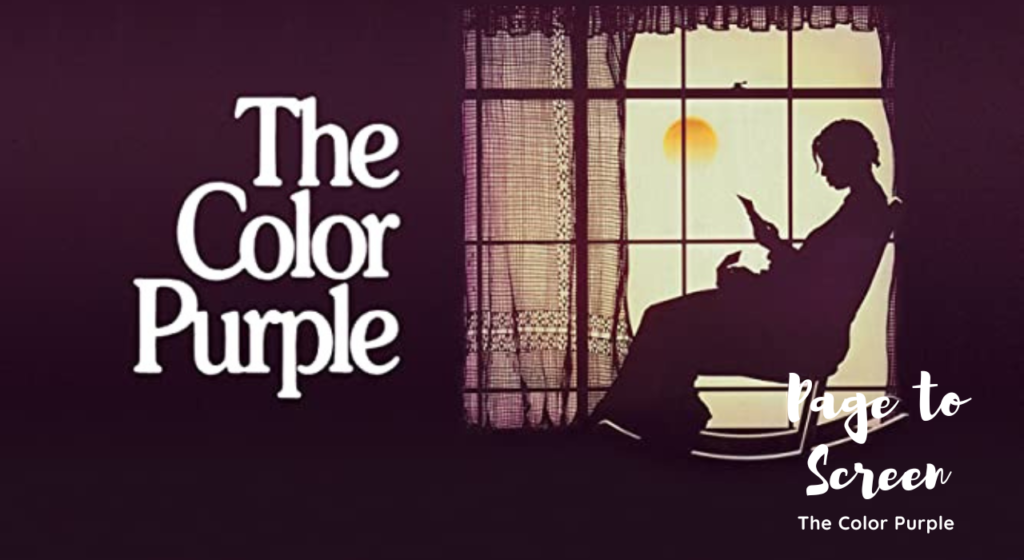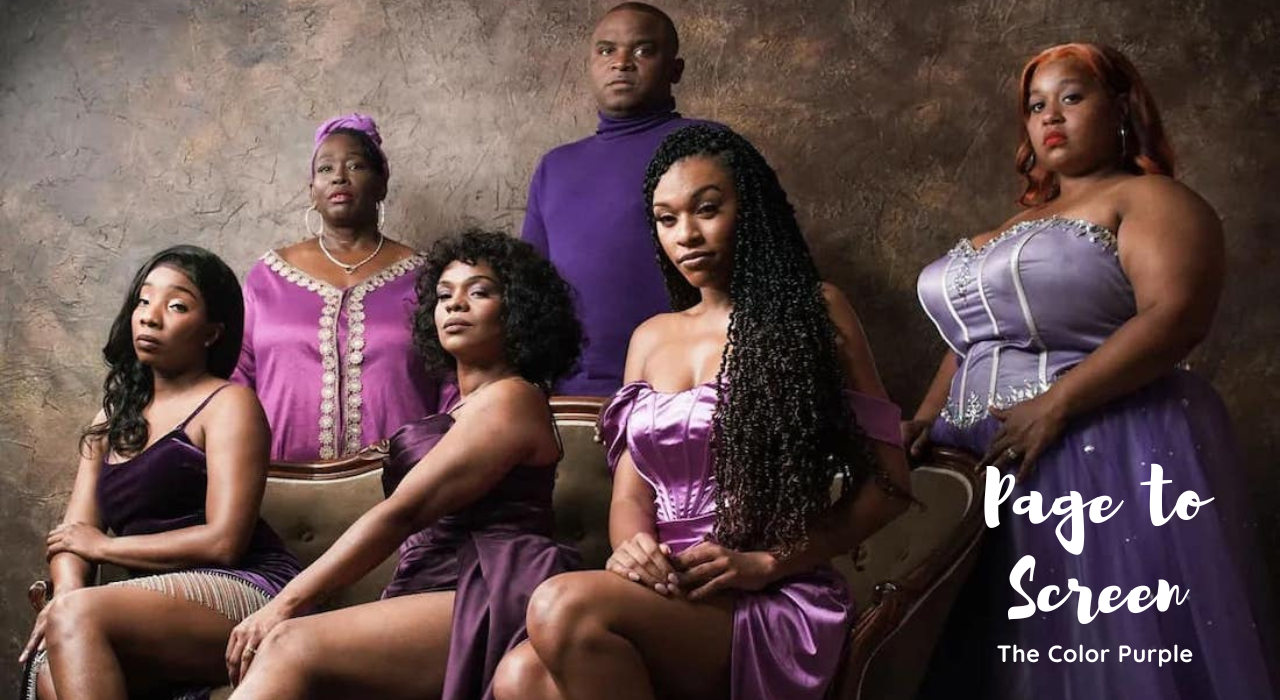When Alice Walker released her groundbreaking novel “The Color Purple” in 1982, it marked a revolutionary moment in literature with its intricate exploration of sexuality, race, and gender. The narrative unfolds over 40 years in the life of Celie, a resilient Black woman living in the Southern United States during the early 20th century. Celie’s journey becomes a poignant testament to her strength and the happiness she discovers amidst severe challenges, particularly the unspeakable sexual, physical, verbal, and emotional abuse inflicted upon her by both her stepfather and her husband.

Navigating the depths of spirituality, systemic racism, and interpersonal violence, the novel goes beyond its gritty portrayals to emerge as a heartfelt celebration of the deep bonds and intimate connections woven among women. Witnessing Celie’s profound connection with her sister Nettie and her friendship evolving into a tender romance with blues singer Shug Avery, the novel paints a beautiful canvas illustrating the transformative strength embedded in love and relationships, even in the face of adversity.
Alice Walker’s intricate narrative has not only become a staple in American literature but has also transcended into the realms of film and theater. The journey began with the release of a critically acclaimed yet controversial 1985 feature film bearing the same name, directed by Steven Spielberg. This was followed by a successful 2005 Broadway musical and a highly praised 2015 musical revival. Now, the beloved tale is making a grand return to the silver screen through a movie adaptation of the musical set to be released on Christmas Day.
Helmed by Blitz Bazawule, the director behind “Black Is King,” and adapted for the screen by poet and playwright Marcus Gardley, this latest rendition of “The Color Purple” promises to be a moving musical experience. The stellar cast is led by Fantasia Barrino, reprising her role as Celie (which she originally played on Broadway from 2007 to 2008). The ensemble also features renowned names such as Taraji P. Henson as Shug Avery, Colman Domingo as Mr., and the captivating Danielle Brooks as Celie’s daughter-in-law, Sofia. Notably, Brooks is reprising her role from the Broadway revival, where she portrayed Sofia from 2015 to 2017. The combination of talent and the rich narrative sets the stage for an emotionally resonant cinematic journey.
Over the 41 years since Alice Walker introduced “The Color Purple” to the world, Celie’s story has undergone diverse interpretations, adapting to various mediums and creative directions, all while drawing both praise and criticism. Walker’s original novel achieved critical acclaim, earning her the Pulitzer Prize in 1983—an historic moment as the first Black woman to receive this prestigious award—and the National Book Award for fiction in the same year. However, the book’s success was not without controversy, especially regarding its portrayal of Black families and, notably, Black men. These critiques gained significant traction when the novel transitioned to the big screen under the direction of Steven Spielberg. The evolution of Celie’s narrative reflects the complex interplay of artistic achievement and societal commentary that has accompanied this influential work over the years.
As Alice Walker’s novel transitioned from page to screen in Steven Spielberg’s 1985 film adaptation, it experienced a mix of critical acclaim and substantial controversy. Featuring Whoopi Goldberg as Celie, Oprah Winfrey as Sofia, and Danny Glover as Mr., the film garnered attention with 11 Academy Award nominations but left the ceremony without any wins, despite its notable success at the box office (earning million domestically in 1985, ranking as the fourth highest grossing film that year).
However, the film faced substantial critique for its creative team composition—Spielberg, a white male, directed, and Menno Meyjes, also a white male, served as the screenwriter. This choice drew particular ire given the film’s portrayal of Black men, which many argued perpetuated harmful stereotypes of Black masculinity as inherently violent. Another point of contention centered around Spielberg’s decision to soften the depiction of the lesbian relationship between Celie and Shug, a pivotal aspect of the novel.
Spielberg, addressing these controversies in a 2011 interview with Entertainment Weekly, acknowledged the criticisms. He noted that some directors felt overlooked, asserting that a Black director should have told the story. Spielberg also admitted to softening the book’s narrative but defended his choices, stating, “I made the movie I wanted to make from Alice Walker’s book.” The film’s journey from page to screen exemplifies the challenges of adaptation, creative decisions, and the broader conversations on representation and storytelling.

Spielberg candidly addressed the softening of the lesbian relationship between Shug Avery and Celie in a 2011 interview, explaining, “There were certain things in the [lesbian] relationship between Shug Avery and Celie that were finely detailed in Alice’s book, that I didn’t feel could get a [PG-13] rating.” He acknowledged feeling a level of discomfort, suggesting that he might not have been the ideal director to fully capture the more explicit and intimate encounters between the characters. The result, according to Spielberg, was a simplification of a once highly charged and intentional dynamic into a more modest portrayal, reduced to “a simple kiss.”
The 2005 musical adaptation introduced a fresh perspective, embracing the inherent levity of the musical format and the inclusion of show tunes. With a book by Marsha Norman and songs by Brenda Russell, Allee Willis, and Stephen Bray, the production shifted the narrative tone. Unlike its predecessors, the musical placed less emphasis on Celie’s trauma and the abuse she endured, opting instead to focus on her journey towards joy and empowerment. This thematic adjustment brought a different dimension to Celie’s story, highlighting resilience and triumph amidst adversity.
In approaching the task of adapting a musical inspired by a movie, itself based on a book that held a special place in his heart since he first read it at 13, Marcus Gardley recognized the need to create something new. “This is not Spielberg’s ‘The Color Purple,’ it’s not the musical, it’s not the book,” Gardley emphasized. “It’s an amalgamation of all those things and yet entirely its own thing… the mandate going into this project is that everybody felt like it needed to be The Color Purple 2.0.” The goal was to offer a nostalgic experience for audiences who cherished previous iterations while crafting something fresh for a new generation.
To infuse the adaptation with relevance for today, both Gardley and director Blitz Bazawule revisited the source material. They believed it was crucial to maintain the weight of the book, particularly the emphasis on Celie’s inner thoughts expressed through her letters to God and her sister. For Bazawule, capturing Celie’s inner dialogue became paramount to breathe life into Walker’s work onscreen, setting this film apart from earlier versions. “I went back and read the book and was very, very curious around how I was going to add to this brilliant canon,” Bazawule explained. “My job was to figure out what was going to be our unique way into the story,” he continued, highlighting their exploration of Celie’s headspace and the nuanced portrayal of her pain and trauma. This approach aims to create a cinematic experience that not only pays homage to its predecessors but also resonates with the contemporary audience, capturing the essence of “The Color Purple 2.0.”
The Color Purple’ Lights Up Christmas: Near-Record M Opening Trumps ‘Aquaman 2‘ at the Box Office
The musical, produced by industry heavyweights Oprah and Steven Spielberg, made a resounding debut, raking in an impressive .1 million on Monday. This stellar performance marks the second-best showing ever for a movie opening on Christmas Day and the best since 2009. Led by a star-studded cast including Fantasia Barrino, Taraji P. Henson, Danielle Brooks, and Colman Domingo, Blitz Bazawule’s adaptation of Alice Walker’s cherished novel builds on the success of the Tony-winning Broadway show.
While the record for the biggest Christmas Day opening still belongs to 2009’s “Sherlock Holmes” at .6 million (not adjusted for inflation), the musical’s outstanding reception solidifies its place among the top-performing holiday releases. The collaboration of talent and the timeless resonance of Walker’s narrative has proven to be a winning combination, capturing the hearts of audiences and delivering a memorable cinematic experience.
George Clooney’s directorial venture, “The Boys in the Boat,” which also premiered on Christmas Day, exceeded expectations by earning a notable .7 million. The adult drama, a collaboration between MGM and Amazon, features Joel Edgerton and Callum Turner in lead roles. Similar to “The Color Purple,” it garnered an A CinemaScore, indicating a positive reception from audiences.
Additionally, Michael Mann’s “Ferrari,” released on the same day, earned .9 million despite receiving a B CinemaScore. The varied success of these Christmas Day releases highlights the diverse cinematic offerings and audience preferences during the holiday season. While “The Color Purple” soared with its remarkable performance, other films like “The Boys in the Boat” also found success, showcasing the breadth of choices available to moviegoers.
While “The Color Purple” easily outperformed James Wan’s “Aquaman and the Lost Kingdom” on Monday, with a gross of .6 million, the overall winner of the long Christmas weekend domestically was “Aquaman 2,” boasting a four-day opening of .3 million. However, despite its success, the superhero sequel received a lukewarm B CinemaScore and recorded one of the lowest starts in the history of the DC Cinematic Universe.
On the global stage, “Aquaman 2” performed better, securing .1 million from 72 markets. China contributed the largest share with .4 million. While the film faced domestic challenges, its international performance showcased the ongoing global appeal of superhero blockbusters.
In 2018, the first installment of Aquaman emerged as the reigning champion of the year-end holiday season, making a splash with a three-day opening of $67.9 million over the Dec. 21-23 weekend. By Christmas Day, which fell on a Tuesday that year, the film had amassed an impressive domestic tally of $105.4 million, including a robust $22 million on Dec. 25. Aquaman continued to ride the wave of success, ultimately earning $335.1 million domestically and a staggering $1.15 billion globally. This performance marked the best-ever showing for a title in the DC Extended Universe, without adjusting for inflation.
However, the sequel, “Aquaman and the Lost Kingdom,” has faced a different tide. Its opening, though still substantial at $38.3 million domestically, lags behind the recent $46.1 million start of Marvel Studios’ “The Marvels.” This divergence in performance has led to discussions around the superhero fatigue theory, suggesting that audience interest in superhero films may be waning.
